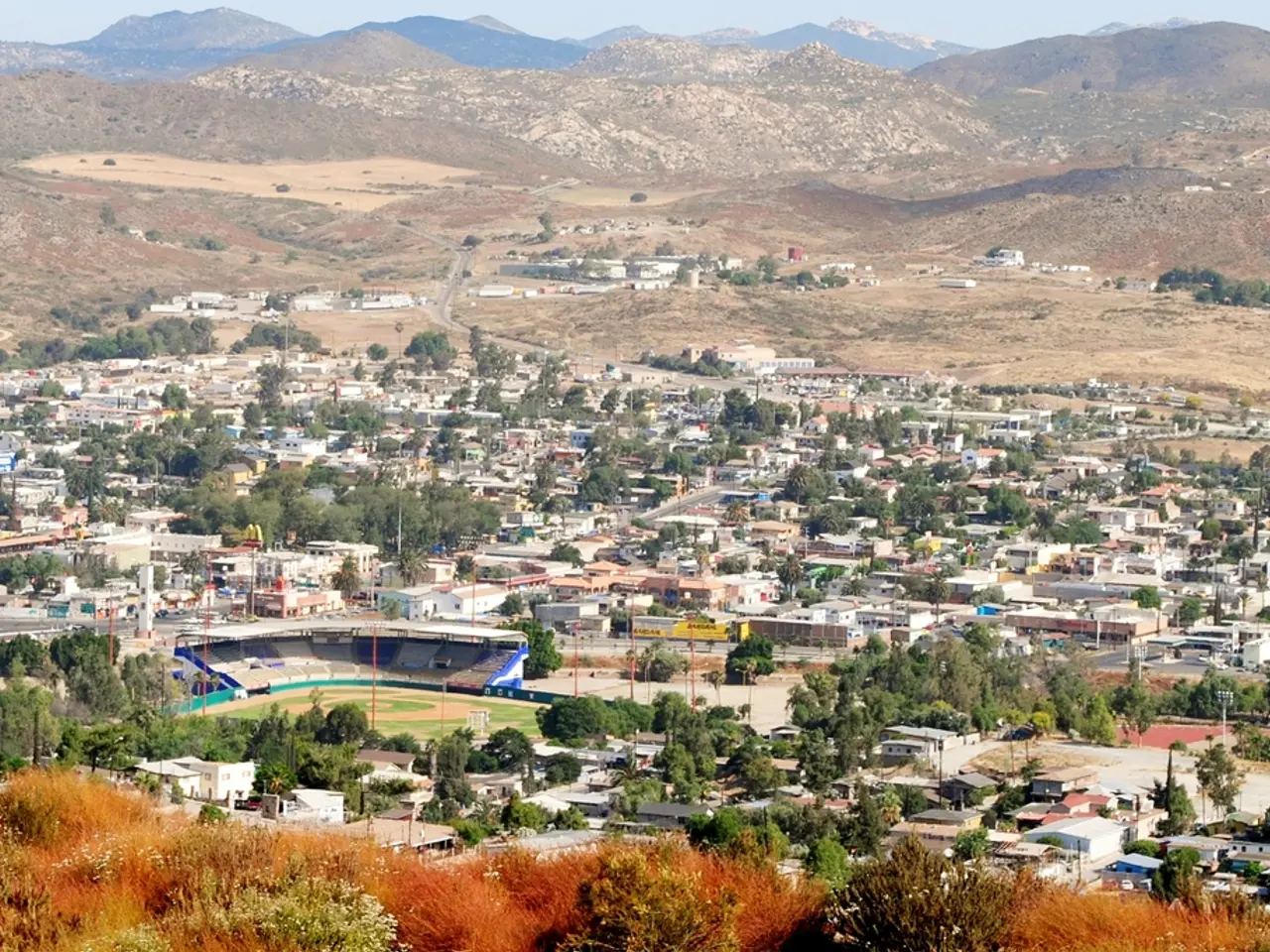Exploring Human Nature in Kahlil Gibran's 'The Prophet'
In the world of literature and philosophy, Kahlil Gibran (1883-1931) stands as a significant figure, his works blending spirituality, mysticism, and romanticism. Born in Bsharrī, Lebanon, Gibran's life journey took him to Boston and eventually to the artistic hub of Paris.
Gibran's influences were diverse, drawing from the Bible, Friedrich Nietzsche, and William Blake, shaping his deeply religious and mystical worldview. His writings commonly explore themes like love, death, nature, and a longing for homeland.
One of Gibran's most celebrated works is "The Prophet" (1923), a collection of poetic essays on life topics such as love and work. Set in a world that is far greater than the characters' place in it, "The Prophet" serves as a reminder of the vastness of the world and the need to tread it with a simple outlook.
The book is a series of conversations between Al-Mustafa, a prophet in the city of Orphalese, and various townsfolk. Each conversation offers a lesson, with the first and last poems focusing on love and death, respectively. The themes of joy and sorrow, freedom, and time are interwoven throughout, creating a seamless juxtaposition that reflects the complexities of life and death.
In "The Prophet", Al-Mustafa emphasizes that love cannot be possessed or contained, and that it is transformative, capable of changing a person's life for better or worse. He also encourages readers to "worship" the idea of freedom, warning against becoming chained to it.
Parents, according to Al-Mustafa, should remember that while their children are from them, their minds cannot be possessed. He compares this to the archer, bow, and arrow scenario, suggesting that the child is like the arrow, launched by the parents but ultimately finding its own path.
Gibran's works, including "The Prophet", often touch on themes of social justice and spirituality. His work, influenced by Islam and Sufism, which emphasize spirituality and the relationship with one's mind, lends an anchor to the spiritual side of oneself, urging readers to let go of themselves and understand the moment, to express gratitude for who they are and what they stand for.
Twelve years after leaving his birthplace, Al-Mustafa returns to speak his truth at the request of a seeress. "The Prophet" aims to provide solace in a world plagued by war, greed, and bigotry, urging readers to lead with joy and understand that they can only truly live when seeing past the materials this world has to offer.
Since its publication in 1923, "The Prophet" has never been out of print. Gibran's words continue to resonate, with phrases and sentences being reused in significant life events like weddings and funerals. Kahlil Gibran, despite his passing in 1931, has left a lasting impact on the literary world.
In conclusion, Kahlil Gibran's works, particularly "The Prophet", continue to inspire worldwide due to their lyrical style and universal themes rooted in mysticism and humanism. His messages of love, freedom, and the importance of understanding one's self and the world around them remain as relevant today as they were a century ago.
Photography capturing scenes of cultural events, influenced by Gibran's works, can emphasize the deep spirituality and mysticism portrayed in his writings.
For entertainment or self-development, one could delve into books like "The Prophet," which offers valuable insights about lifestyle, love, and the inevitability of death, deeply rooted in history and education.
Further exploration of Gibran's thoughts on culture can be found in the context of entertainment and lifestyle, shedding light on profound ideas about the relationship between oneself and the world, as well as the importance of embracing freedom and understanding the present moment.




